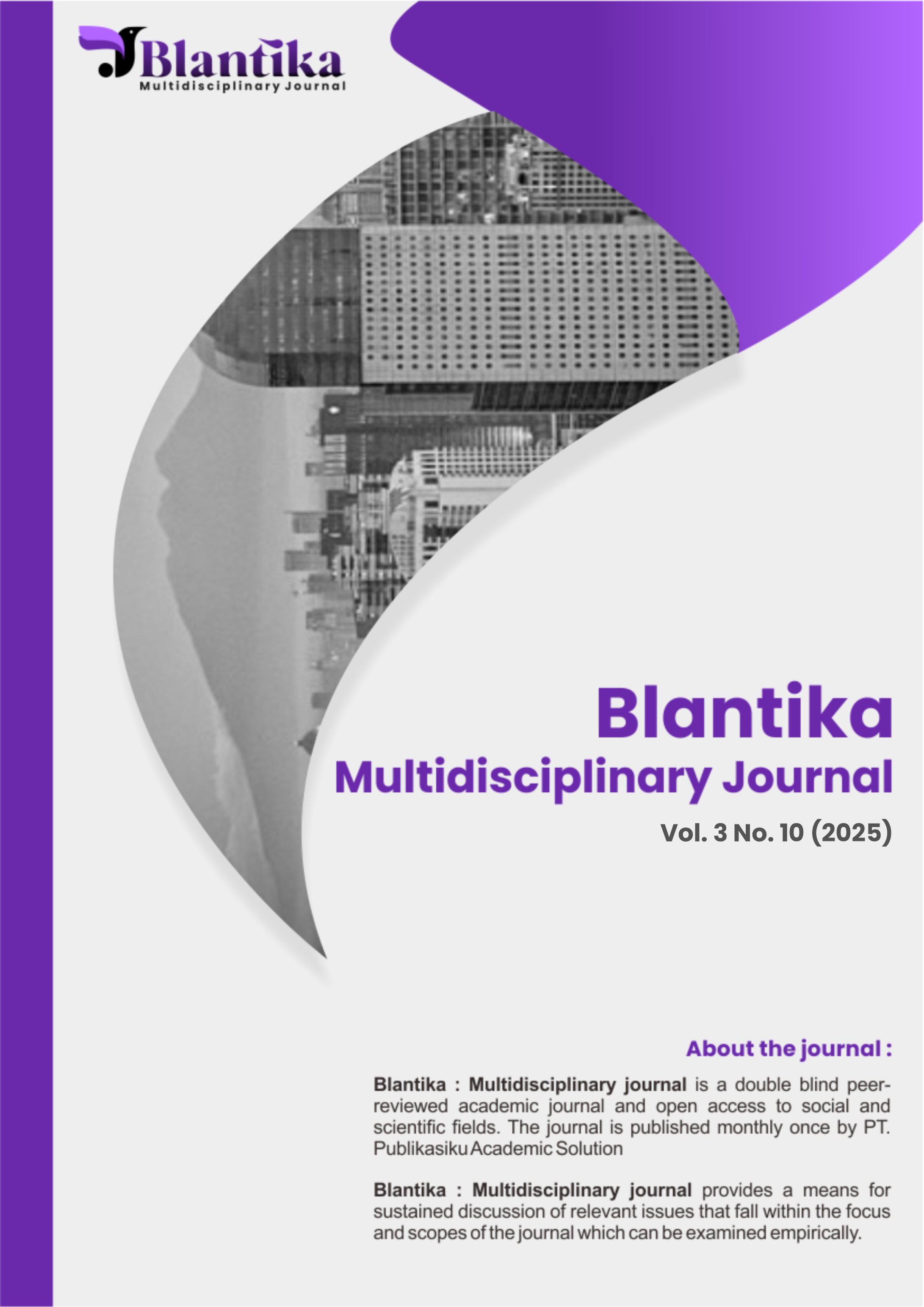Analisis Produktivitas Excavator Komatsu PC 300 dan Dump Truck Hino 500 pada Penambangan Batubara di PT Priamanaya Energi Site Lahat Sumatera Selatan
DOI:
https://doi.org/10.57096/blantika.v3i10.435Keywords:
Productivity of loading and unloading equipment, match factor, coal Bibliography: 9 (2012-2023)Abstract
This research was conducted at PT Priamanaya Energi, Lahat site, to analyze the productivity of a Komatsu PC 300 excavator and a Hino 500 dump truck. The method used was a quantitative descriptive approach, collecting primary data on equipment cycle time and haul distance, as well as secondary data on equipment specifications and mine conditions. The calculations showed that excavator productivity was 200.94 tons/hour and dump truck productivity was 34.25 tons/hour, with a work efficiency of 81%. The actual match factor of 0.89, in this context, is close to the equipment compatibility figure, meaning that the number of equipment used is sufficient to match the working speed of the excavator, thus eliminating queues and waiting times for the excavator. Four main factors influencing productivity are the conditions of the mining front area, road conditions, weather conditions, and operator/driver skills. This research provides technical recommendations to improve equipment compatibility and production effectiveness in the field.
Downloads
Published
Issue
Section
License
Copyright (c) 2025 M Wijaya Saputra, Reni Arisanti, Dedi Yansen

This work is licensed under a Creative Commons Attribution-NonCommercial-ShareAlike 4.0 International License.





